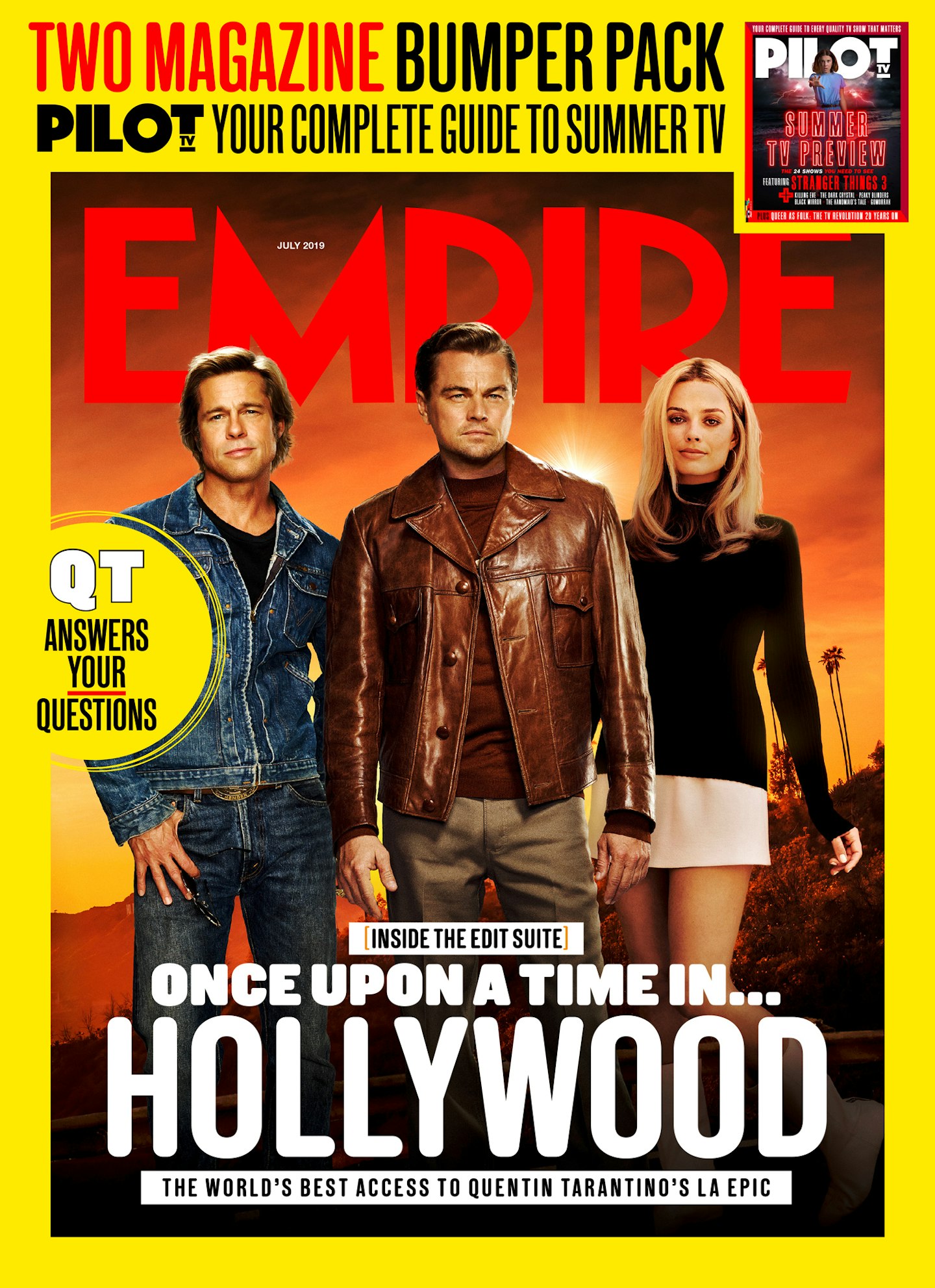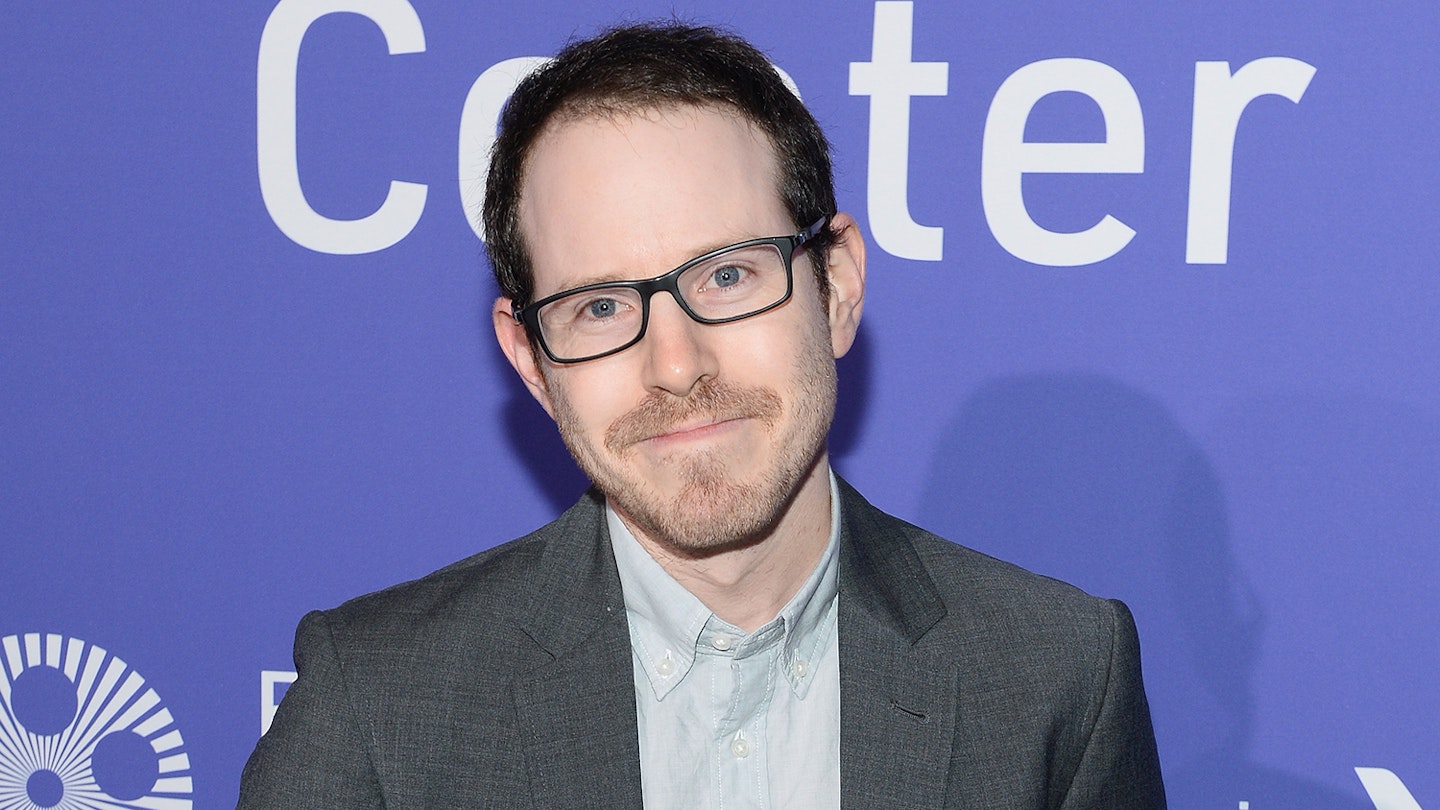When it comes to folk horror, one film looms over all others like a big burning beacon, a monolithic figure that towers over the genre. That is, of course The Wicker Man, Robin Hardy’s 1973 creep-fest starring Edward Woodward and Christopher Lee – with a final reel that’s become an intrinsic piece of horror iconography. These days it’s such a well-known and much-imitated finale that when Hereditary filmmaker Ari Aster set up his own folk-tale horror, Midsommar, he had to try and put a certain flaming effigy to one side and deliver something different.

Speaking in the latest issue of Empire, Aster spoke about ‘letting go’ of The Wicker Man while making his much-anticipated second feature. “It’s a fantastic film with fantastic performances, but I basically let go of The Wicker Man as an influence the minute I decided to make this,” he explained, adding that those with a knowledge of folk horror traditions should still find themselves surprised by Midsommar’s shocking turns. “I tried to avoid it as much as I could. I think what the movie tries to do is point to The Wicker Man and set up expectations native to that film, then take a left-turn from there and go somewhere surprising.”
If there’s more going on in Midsommar than just creepy rituals, mind-altering drugs and flower headdresses galore, it’s a cranked-up relationship breakdown drama – an “apocalyptic break-up movie”, as Aster pitches it. “It starts off as this character study, then warps into this really perverse wish-fulfillment fantasy. You’ll see. The entire movie is constantly moving towards a certain… explosion.”

Read all about the making of 2019’s most shocking horror in the Once Upon A Time In Hollywood issue of Empire – on sale now, and available to order online here. Read the ★★★★★ review of Midsommar here.
